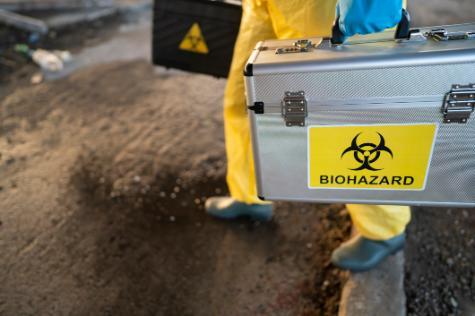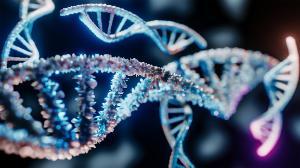

 The Biosafety Program at NYMC is a coordinated effort between EHS and other departments, as well as researchers, to ensure the safety and well-being of researchers, anyone on campus, and the surrounding communities. Preventing and limiting exposure to biohazardous agents, ensuring the ethical care and handling of animals, as well as proper handling of radioactive materials are the core mission of NYMC’s Biosafety Program.
The Biosafety Program at NYMC is a coordinated effort between EHS and other departments, as well as researchers, to ensure the safety and well-being of researchers, anyone on campus, and the surrounding communities. Preventing and limiting exposure to biohazardous agents, ensuring the ethical care and handling of animals, as well as proper handling of radioactive materials are the core mission of NYMC’s Biosafety Program.
The Institutional Biosafety Committee (IBC) at NYMC reviews all research involving recombinant or synthetic nucleic molecules. The IBC reviews and approves all projects and is responsible for ensuring compliance in accordance with the NIH Guidelines. The Committee also reviews all projects involving the use of infectious agents such as bacteria, viruses, parasites, fungi, protozoa, prions, etc. that require biosafety level 2 containment (BSL-2) or above. ALL work with recombinant or synthetic nucleic molecules or infectious agents that require BSL2 containment or above being performed at NYMC requires submission of a protocol for review.
The American Biological Safety Association (ABSA) International Risk Group Database consists of international risk group classifications for bacteria, viruses, fungi, and parasites. In many countries, including the United States, infectious agents are categorized into risk groups based on their relative risk. Depending on the country and/or organization, this classification system might take the following factors into consideration: pathogenicity of the organism; mode of transmission and host range; availability of effective preventive measures (e.g., vaccines); availability of effective treatment (e.g., antibiotics); and other factors. The risk group database can be used to help investigators determine the risk group of an organism and the proper biosafety level for working with the agent.
IBC meetings take place every month on the third Thursday of the month. We ask that protocols be submitted by 1:00 p.m. on the Friday before the meeting to allow sufficient time for review.
 The BSL-3 is available for research with Select Agents. Select Agents are biological agents and toxins that have been determined to have the potential to pose a severe threat to public health and safety, to animal and plant health, or to animal or plant products.
The BSL-3 is available for research with Select Agents. Select Agents are biological agents and toxins that have been determined to have the potential to pose a severe threat to public health and safety, to animal and plant health, or to animal or plant products.
The research conducted in BSL-3 is overseen by the IBC Committee and safety within the lab is a top EHS priority. For information on renting the space and available equipment, please visit the Biosafety Level-3 Laboratory website.